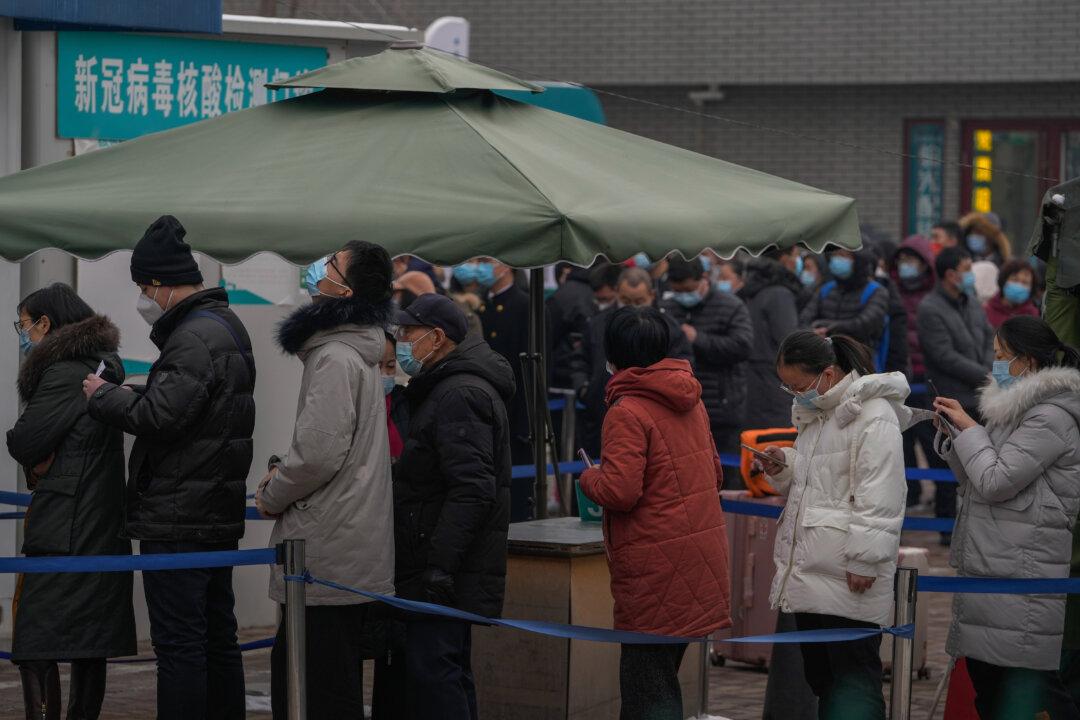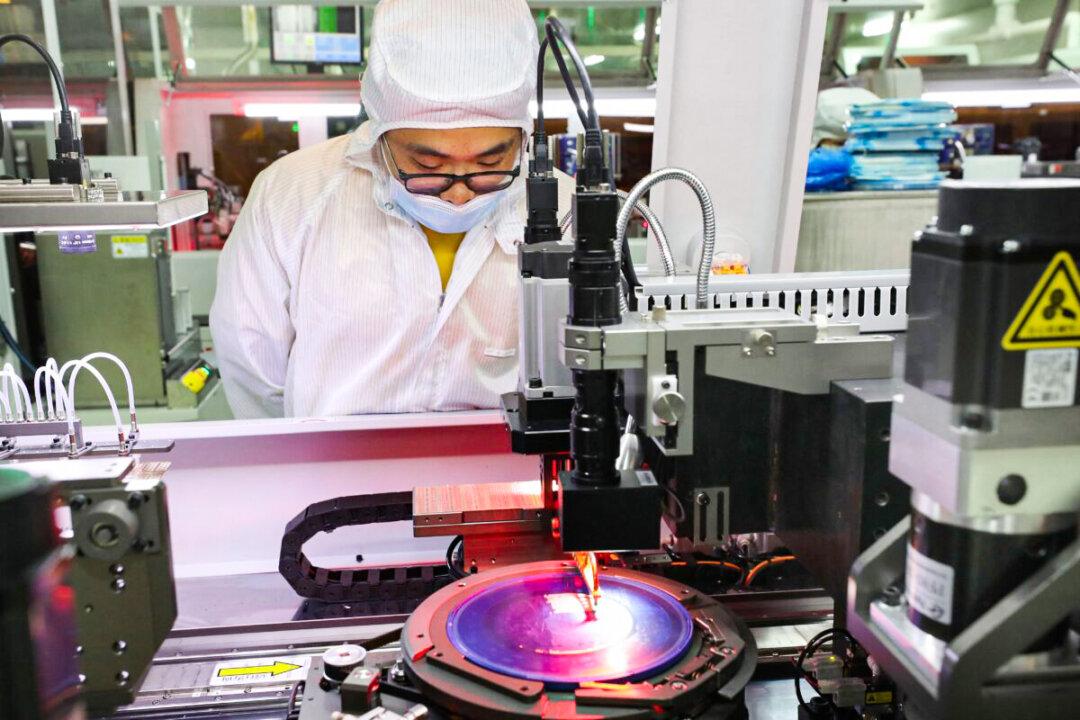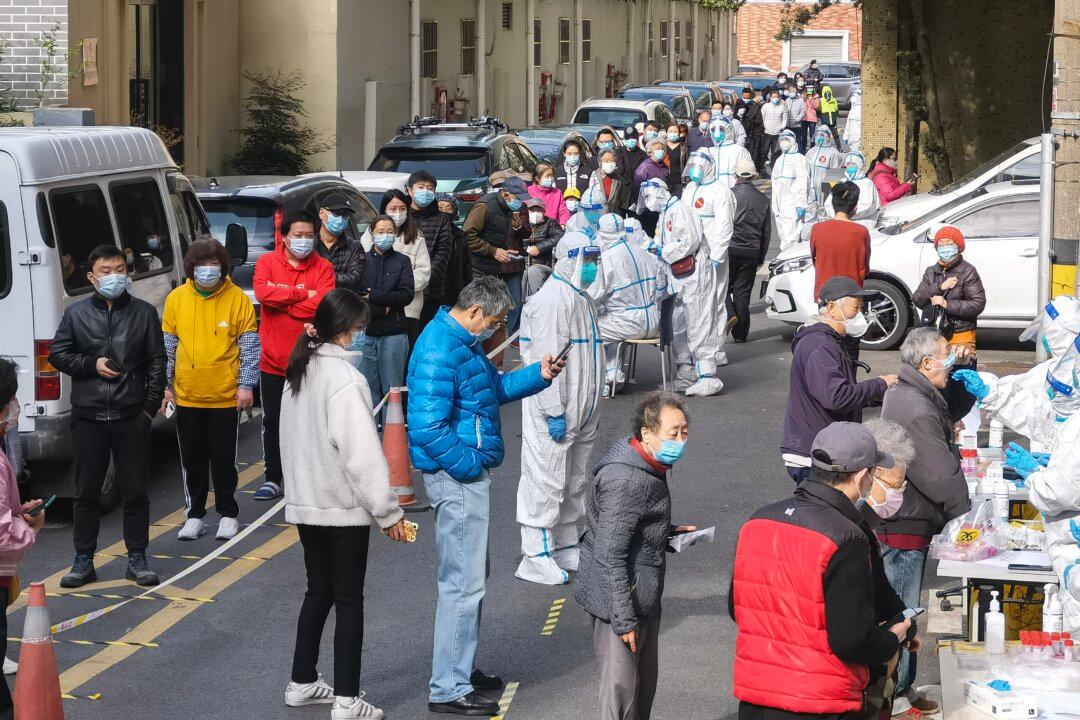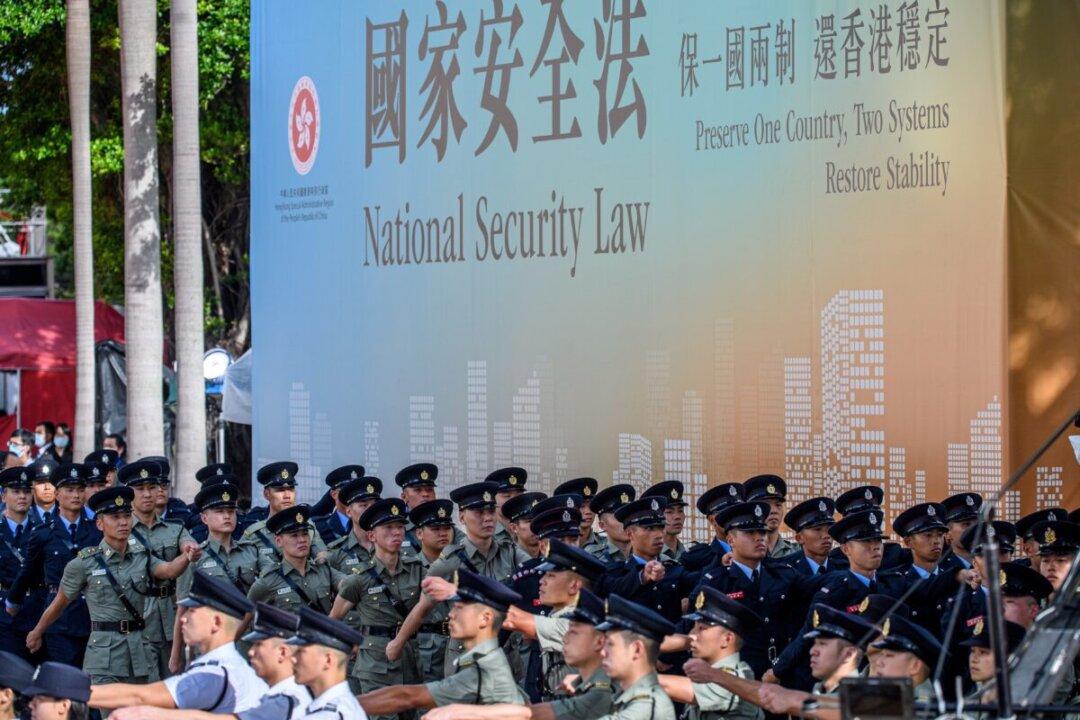A large number of Beijing residents encountered a blank health code in the past three days. Thousands of people waited in line on the evening of Jan. 28 to take a PCR test for the CCP (Chinese Communist Party) virus, when the temperature was as low as 1.4 Fahrenheit.
Chinese authorities have been relying on big data and mobile technology to track people’s movements for pandemic control. Those who become close contacts or even secondary contacts of a confirmed COVID-19 patient would get a red or yellow health code, indicating one’s risk level.






